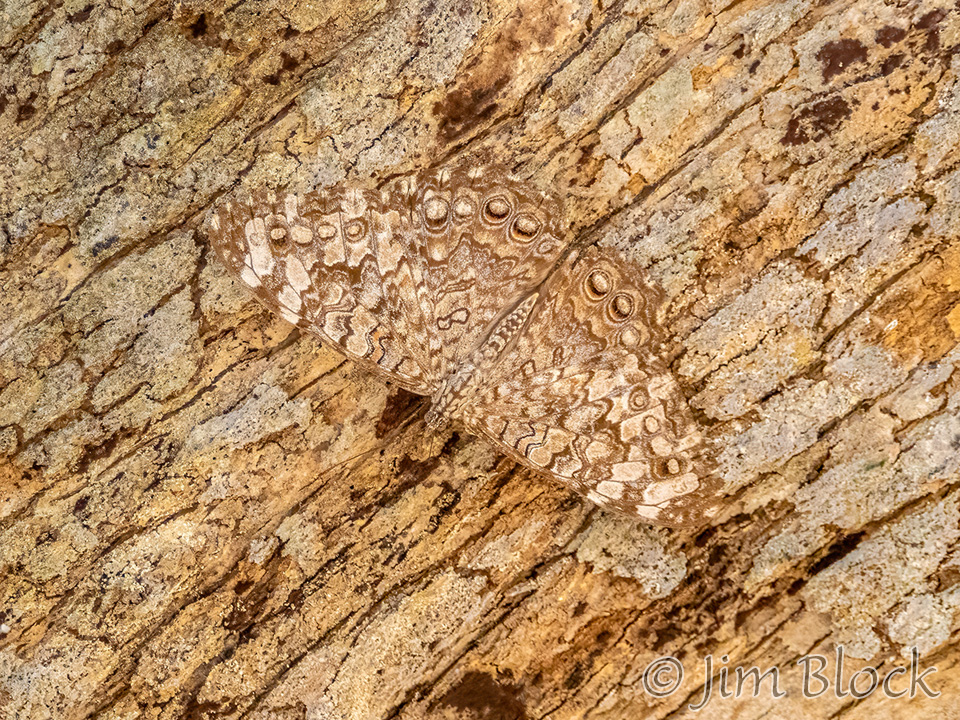Species of the Pantanal
Mammals
Jaguar
The jaguar was certainly a highlight of the trip. All 15 to 20 were seen from the safety of a boat. It is hard to tell the exact number since some may be double counted. Our very first siting was a family of three. It is very rare to see more than one at a time.

The next day we spent 2 1/2 hours with a mother and her cub. Unfortunately they never came out of the brush to give us a great look like the family did.

After sunset that second day we had a very regal jaguar all to ourselves. No other boat was around to see it.

The third day on the rivers we saw a jaguar resting with crossed paws, just like our cat sometimes did.

At 350 pounds, jaguars are the largest cat in the Americas.
Ocelot
Ocelots are “mini-jaguars” with only 1/10 the weight of a jaguar, around 35 pounds.

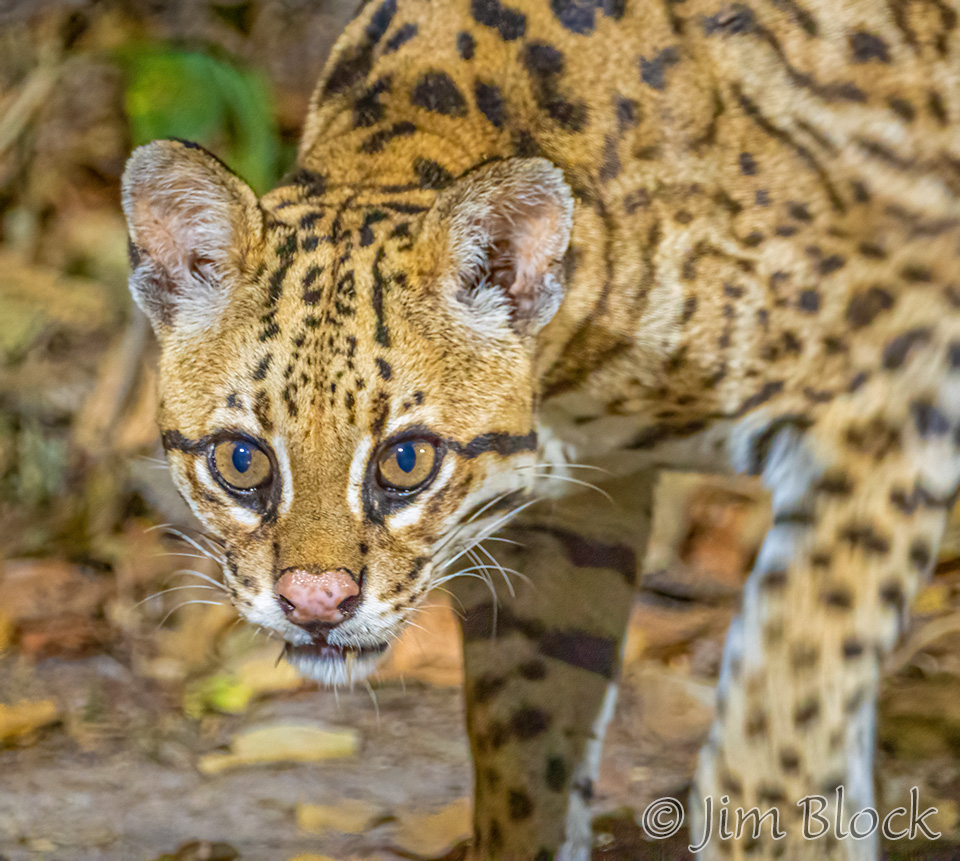
Monkey
We saw black-and-gold howler monkeys in several locations. The black is the male.

The gold is the female.
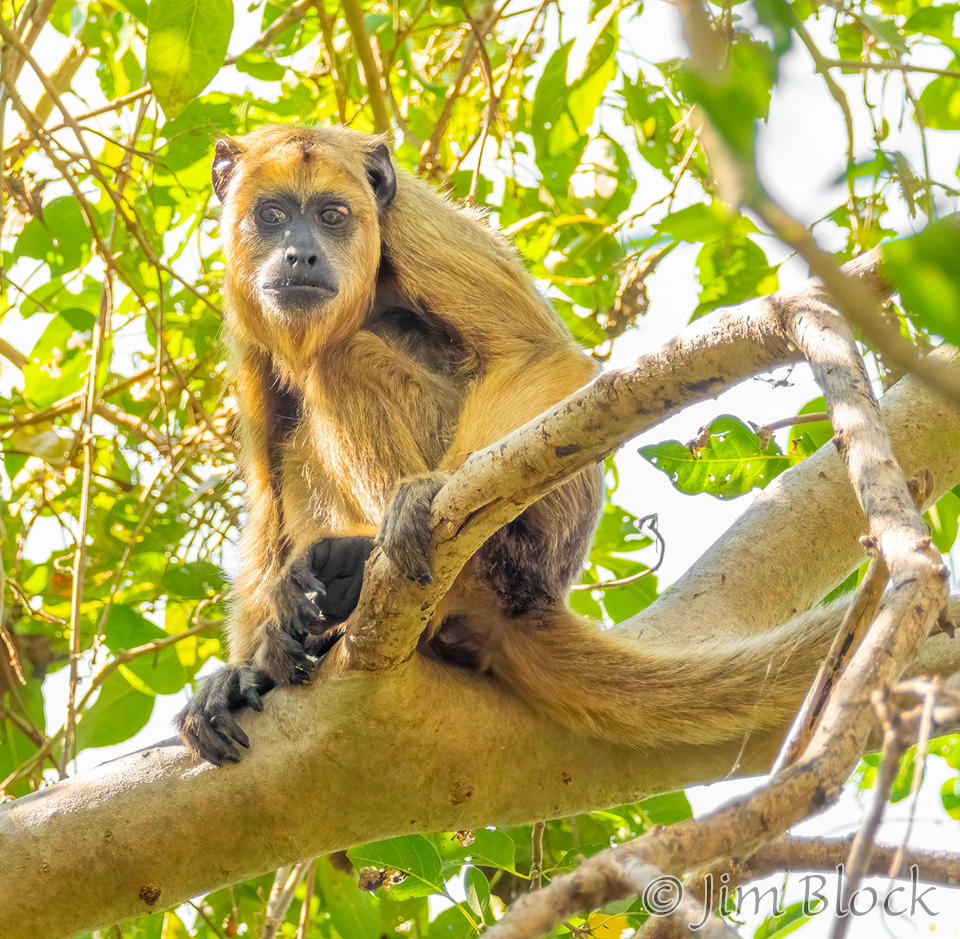
The Azaras’s Capuchin is also called the Hooded Capuchin Monkey.



Near the end of our trip we found some Black-tailed Marmosets.

Brazilian Tapir
We were very fortunate to first see this massive animal, weighing in at 660 pounds, in a river.


We also saw a pair at a water hole well after sunset.

Giant Otter
Much larger than our river otters these creatures weigh 77 pounds and are the largest species of otters in the world.




Capybara
The largest rodent in the world is the capybara which weights an amazing 178 pound on average when full grown. They like to swim. There are also two small caimans in the photo below. There were many more quite large caimans in this pond.


We were lucky to see one with a youngster.

Giant Anteater
The Pantanal is filled with amazing animals. One of the strangest is the hard-to-find giant anteater. It feeds on termites that live in tall mounds. You can see a small out-of-focus termite mound in the bottom center in this photo.


Brazilian Porcupine
Well after dark we spotted a Brazilian porcupine high in a tree. We had climbed a tower for sunset — it was a bust — and our van driver found it deep in the woods a long way from the van.

Brown Brocket Deer

South American Coati
With a racoon-like tail, this species seemed to have little fear of humans.

Crab-eating Fox
Although the crab-eating fox searches for crabs on muddy floodplains during the wet season, it is an opportunist and an omnivore, preferring insects or meat from rodents and birds when available.
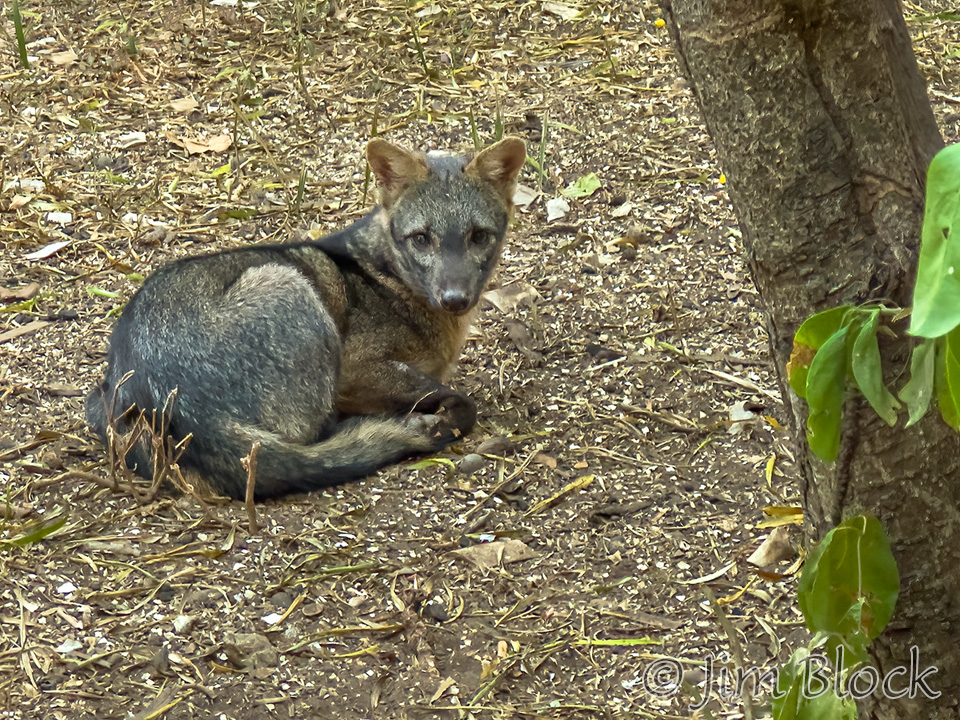
Azara’s Agouti
A naturally extremely shy mammal, I managed a photo at our last lodge the day before we departed.
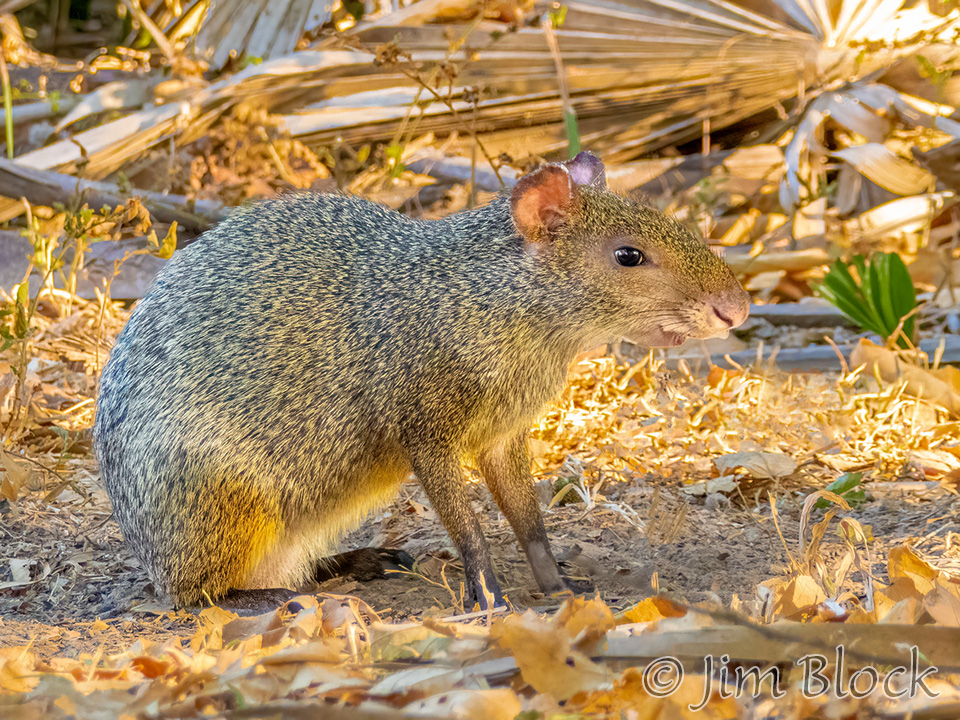
Domestic Mammals
I took a few photos of domestic animals. We were cautious of the bull when walking back from a Great Horned Owl nest.
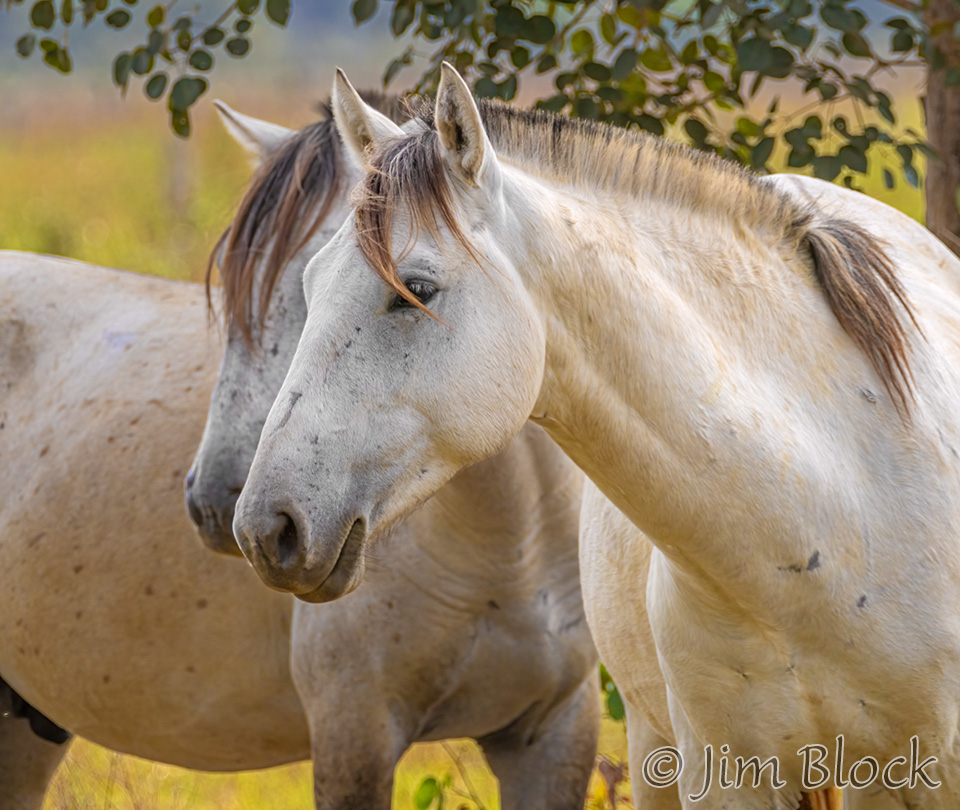


Birds
Cardinals and Tanagers
We saw two species of each. They all were very striking birds.

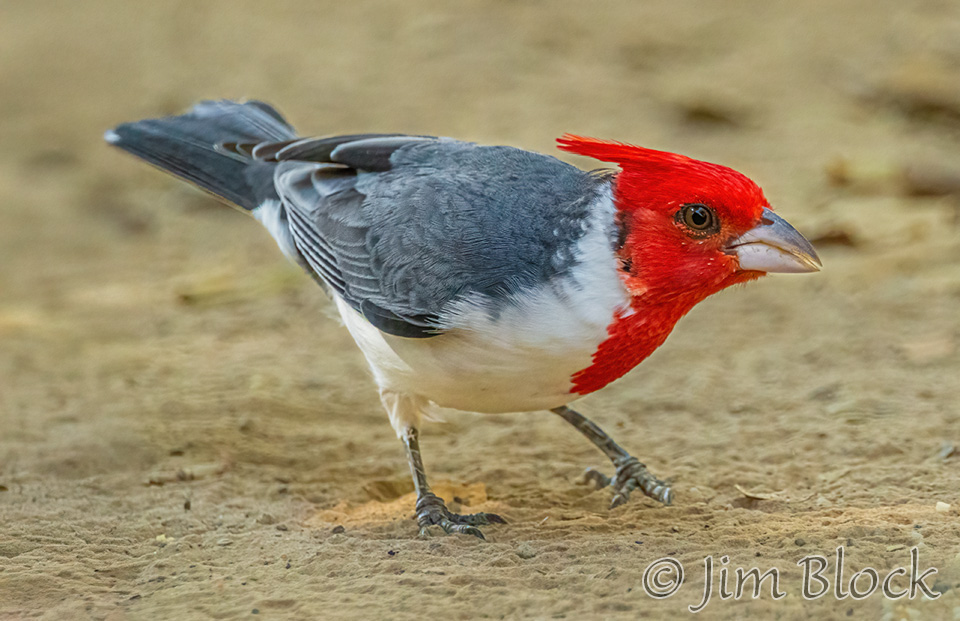

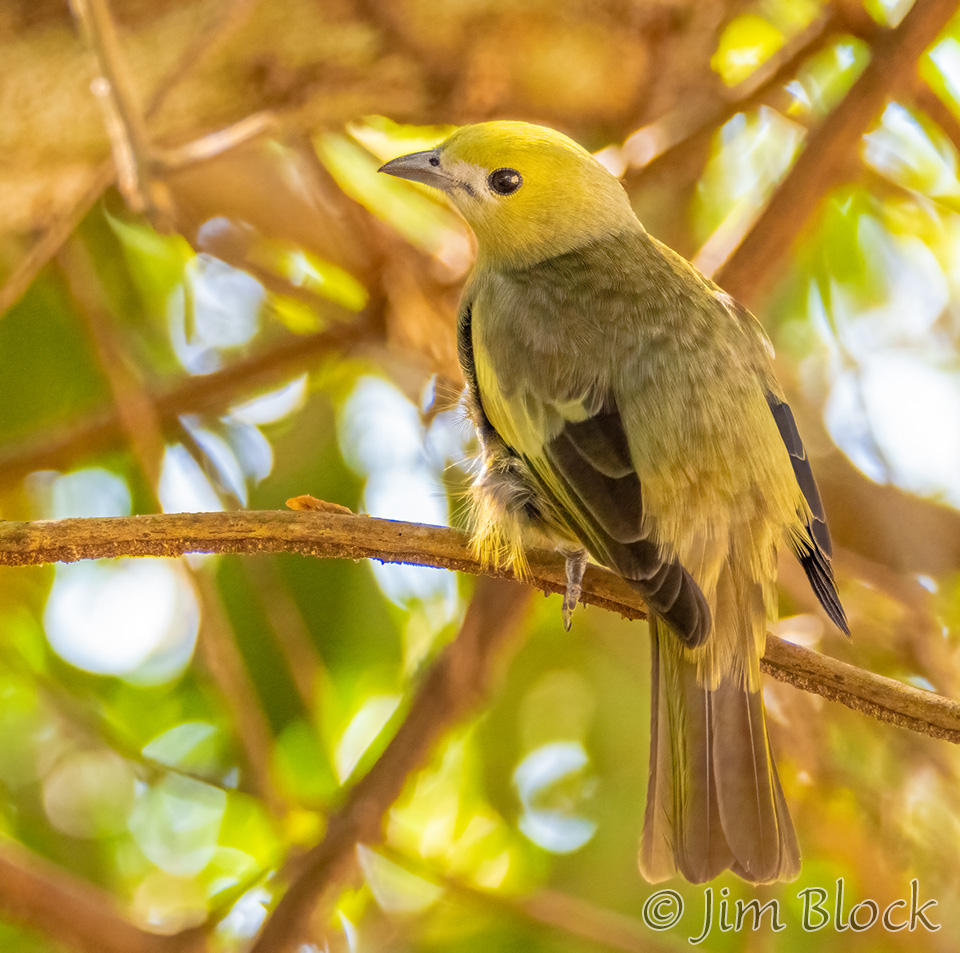
Chachalaca, Curssow, and Guan
Three species in the Family Cracidae, all large birds.
Unlike in most species, the female Bare-faced Curassow is more colorful than the plain black male.


Two Guan species look quite similar.


While the third looks quite different.

The Chaco Chachalaca has a great name. It likes wetlands , lives in large groups, sleeps on tree perches, and makes tremendous noises like others in this Family.

Cuckoos

And a strange-looking bird in the Cuckoo family.

Doves and Pigeons




Donacobius
The Black-capped Donacobius is the only member of the genus Donacobius. It is a beautiful bird. They mate for life. It is very similar in appearance to the Common Tody Flycatcher.

Flycatchers and Tyrants
All of the birds in this group are quite striking. The Common Tody Flycatcher was first seen along the Transpantaneira.

The Short-crested Flycatcher looks similar to our Great-crested Flycatcher when it stands tall, but I wanted to show one flying.







Herons and Egrets
Quite a few species in this category, especially the herons. Perhaps the most beautiful is the single Capped Heron we saw along the Transpantaeira. But I’ll let all of them speak for themselves.










Kingfishers
In the United States kingfishers are hard to approach and photograph. The kingfishers in Brazil were more approachable, especially from a boat.

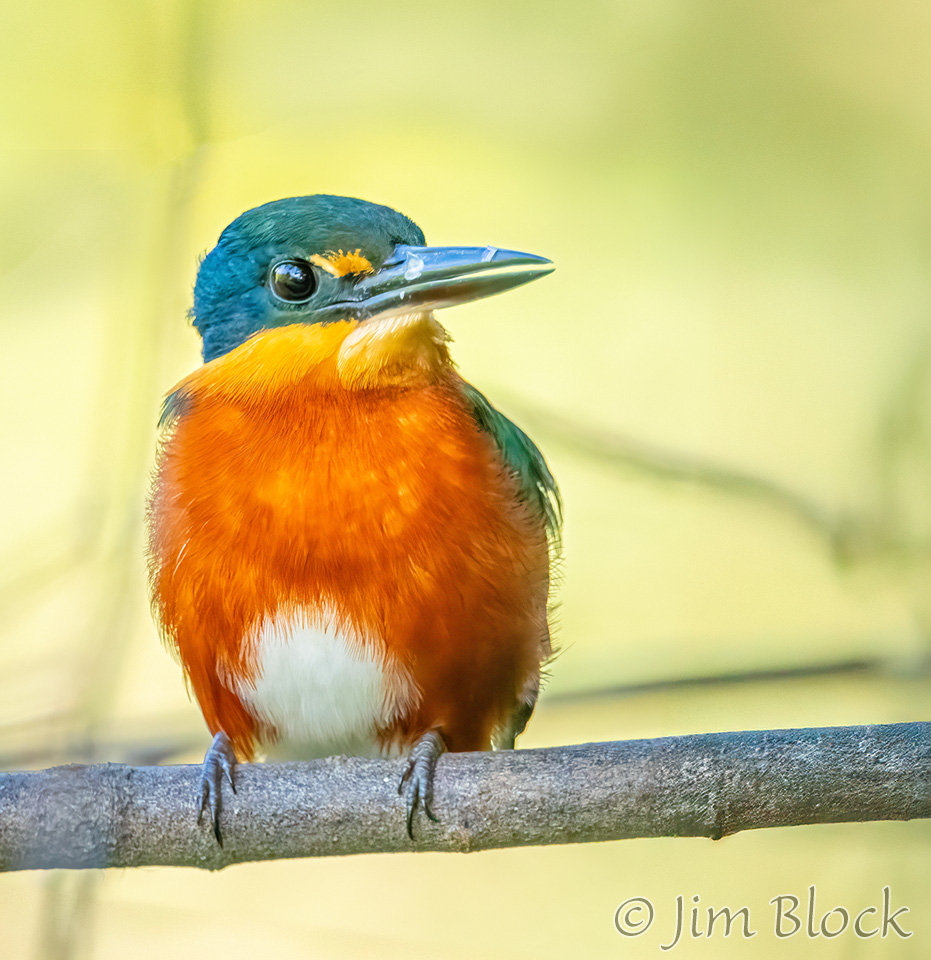


Parrots, Parakeets, and Macaws










Potoo
A very strange bird. It gets a section all to itself. And not one but three photos. The Great Potoo is nocturnal and has great camouflage. I asked our guide, Fisher, why it needed camouflage. He replied, “Ocelots can climb trees”. Fisher pointed to one high in a tree, and although it is a huge bird — 21 inches tall — it took me a long time to find it. Zooming in close as in the photo below makes it easier to discern.

This view may help.

Here is a close up of its head. Very different than a cute warbler.

Raptors

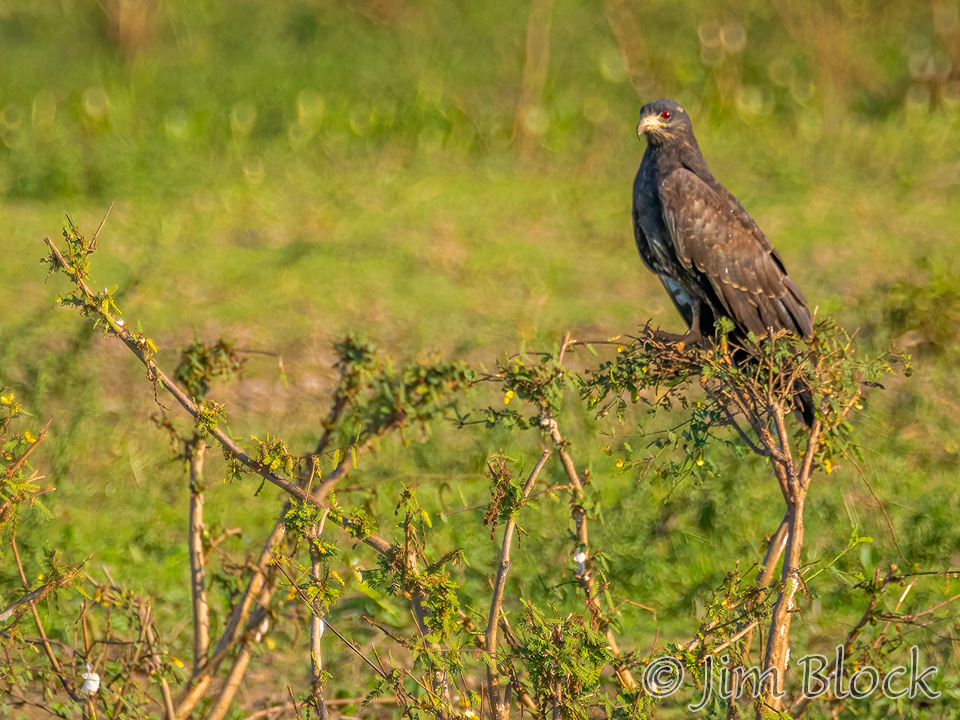



Crested Caracara is a falcon present in Central and South America.

During March, 2020 a Crested Caracara spent about a week in Woodstock, Vermont. I believe the photo below is one of the last photos of it as it headed back home.
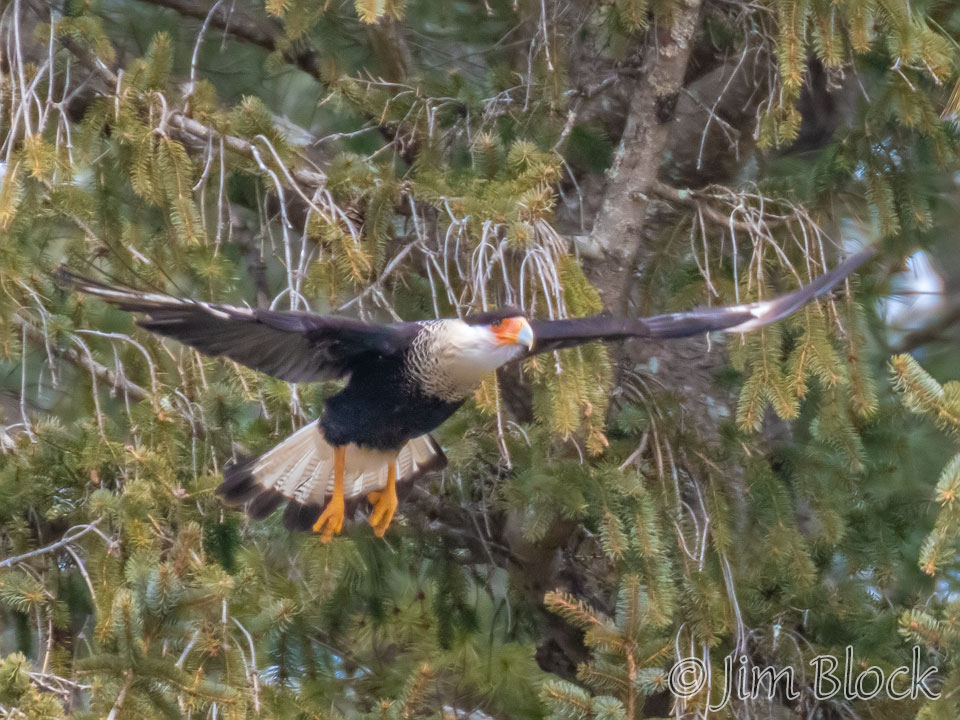








Storks, Spoonbills, and Ibises



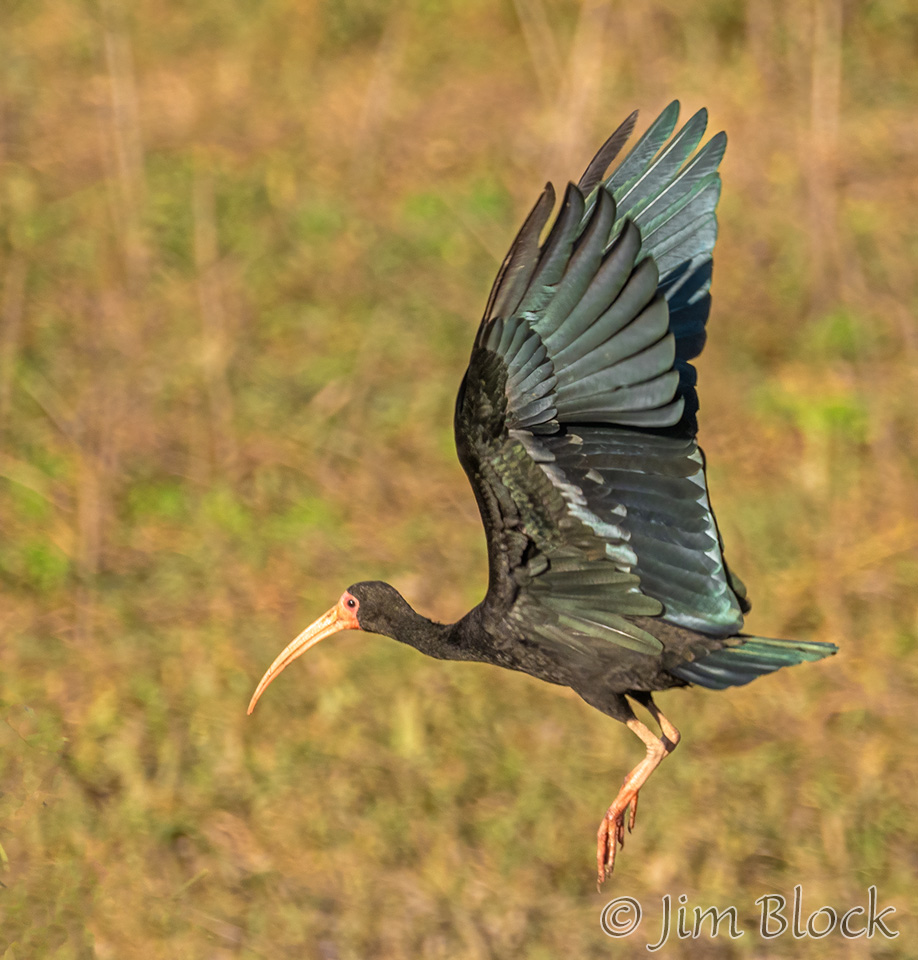



Sunbittern
In many ways the Sunbittern is in a class by itself. It is the sole member of the Family Eurypygidae. An ordinary somewhat-drab bird on the ground; it shows glorious colors when flying.



Toucans and Aracaris
Large and amazingly beautiful, Toco Toucans were photographed at two locations in the Pantanal.


A related and very striking bird is the Chestnut-eared Aracari.

Water Birds
A loose collection of birds often found near water.







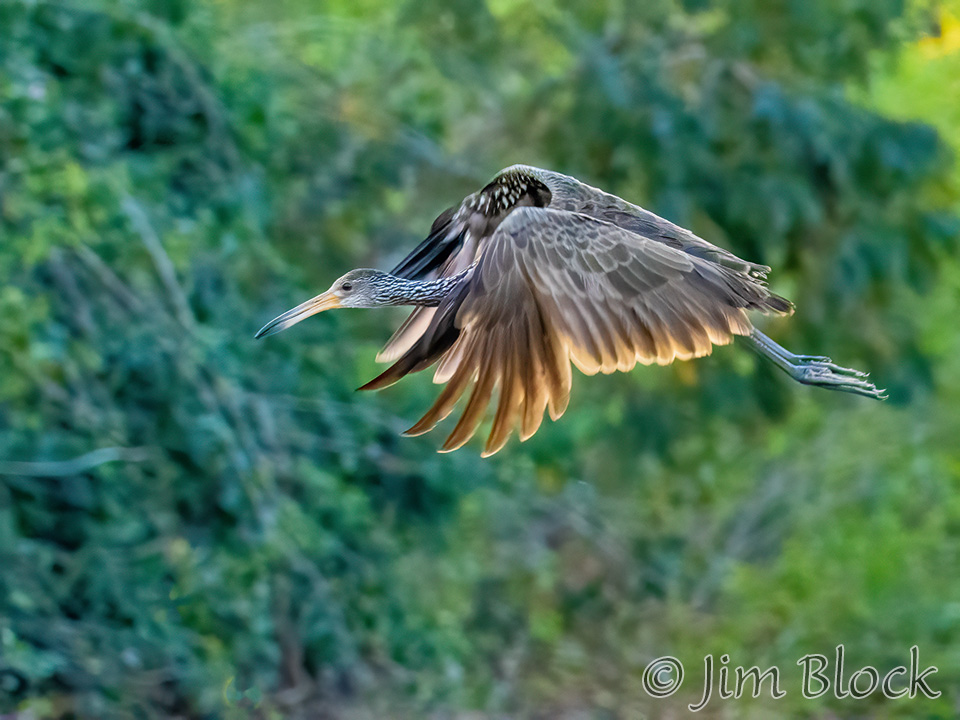





Woodpeckers and Woodcreepers

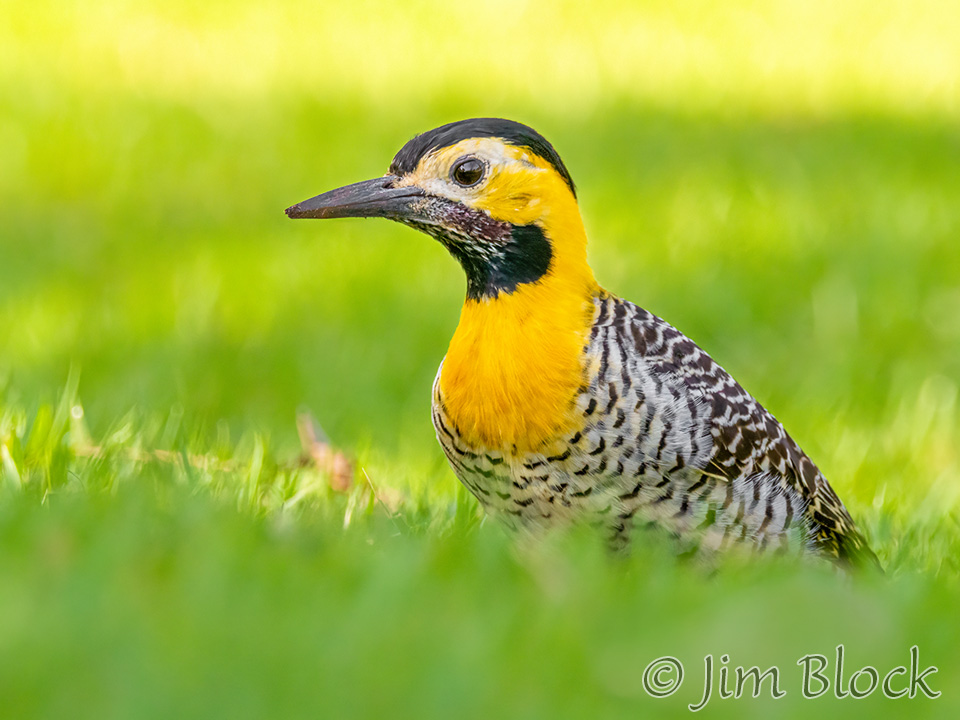


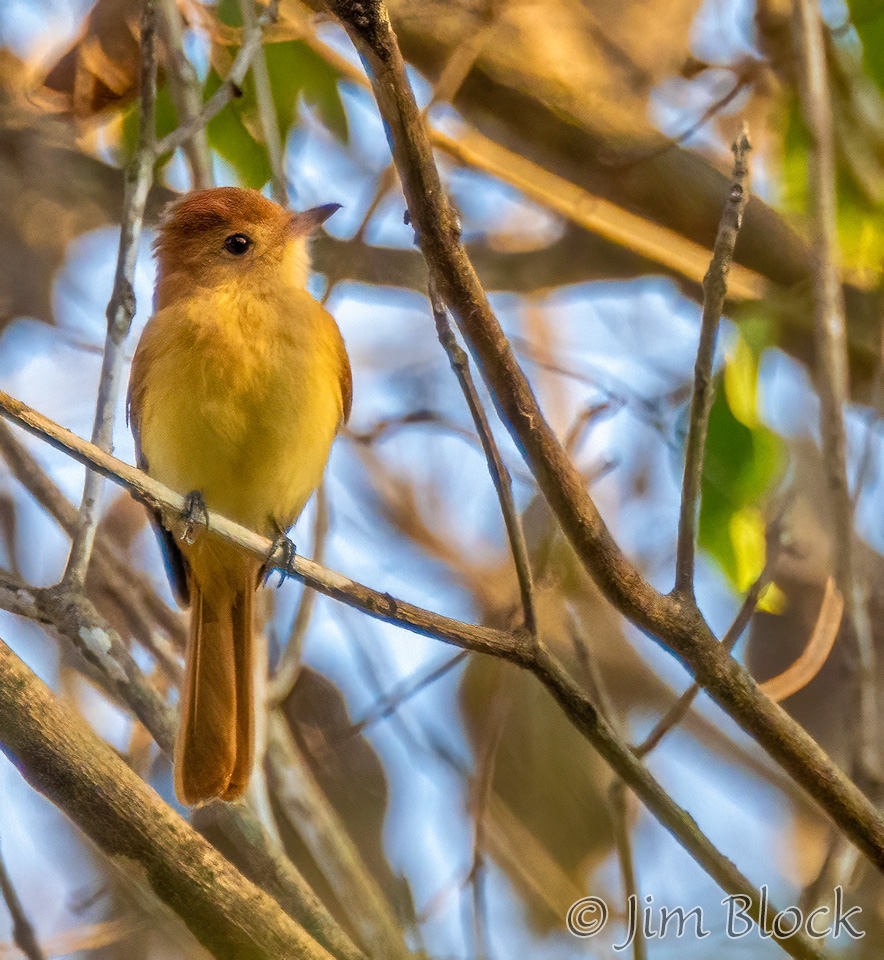



Other Birds
A collection of birds I am too lazy to put in decent categories. Somewhat alphabetical.








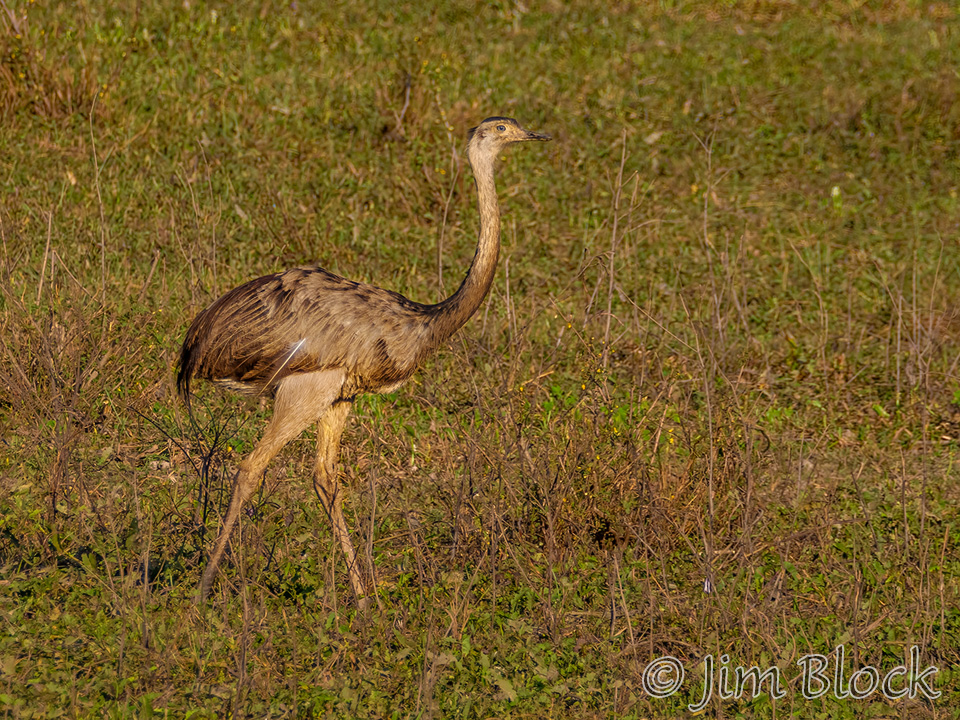












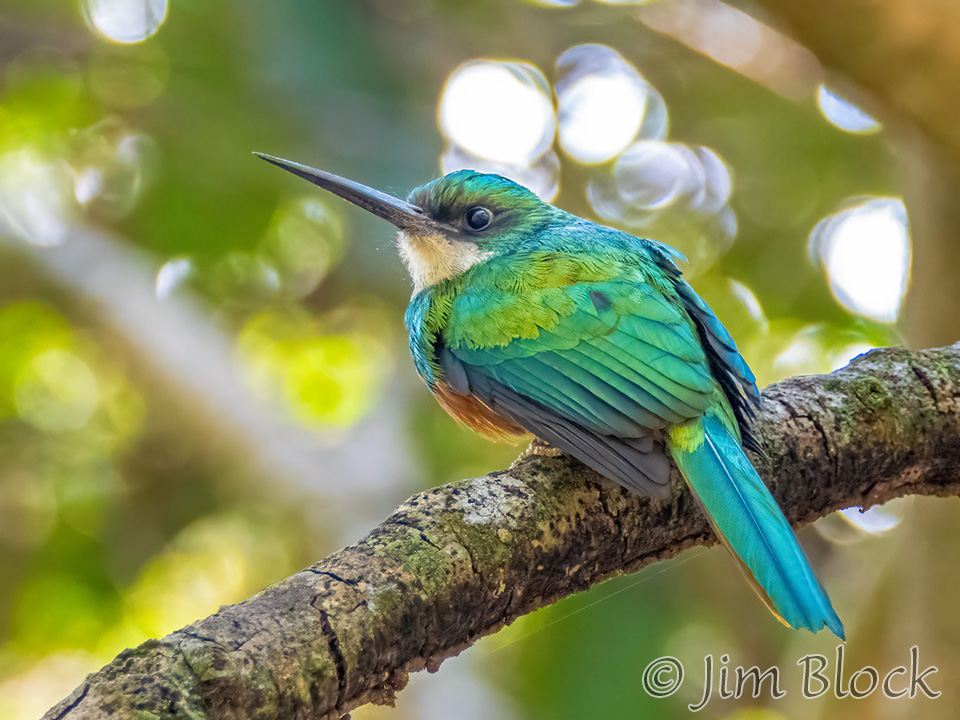




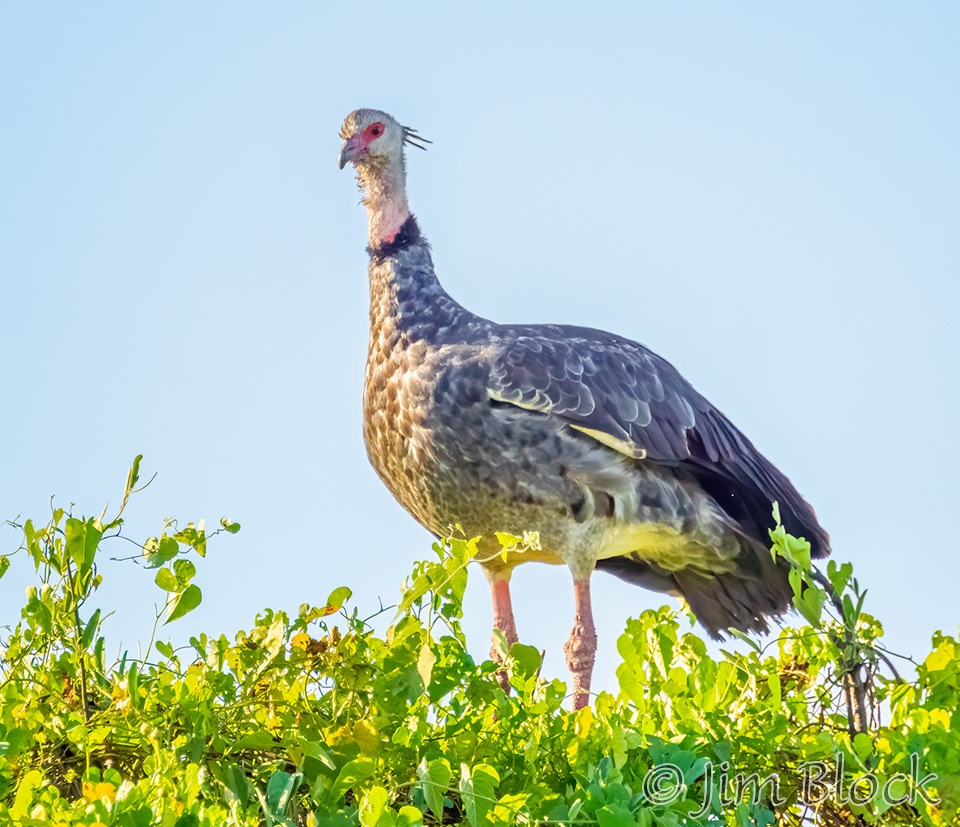




Reptiles and Amphibians
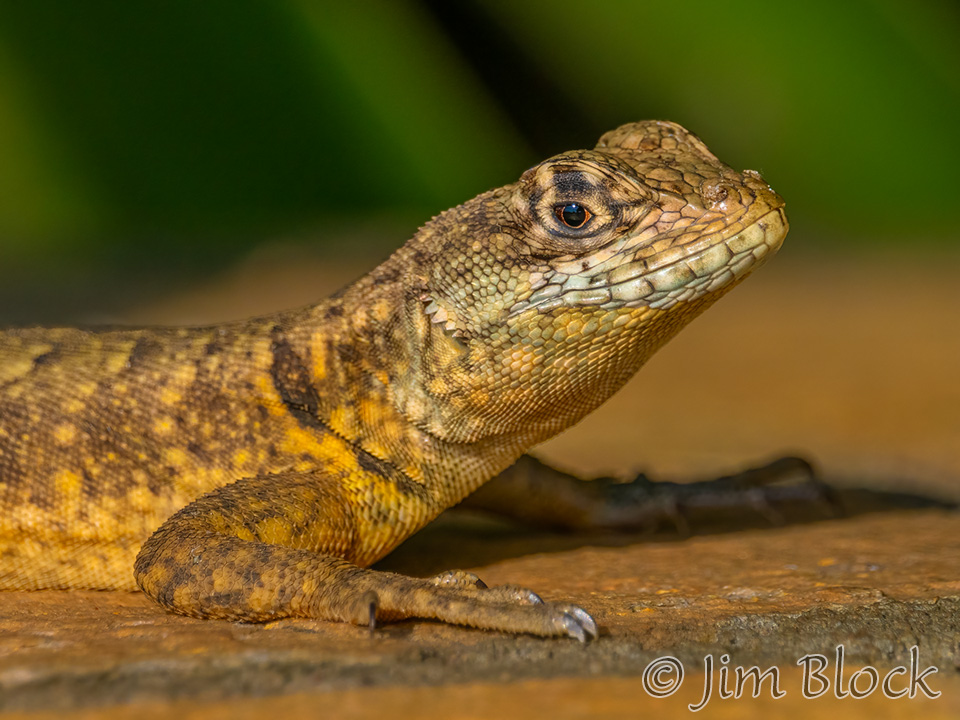
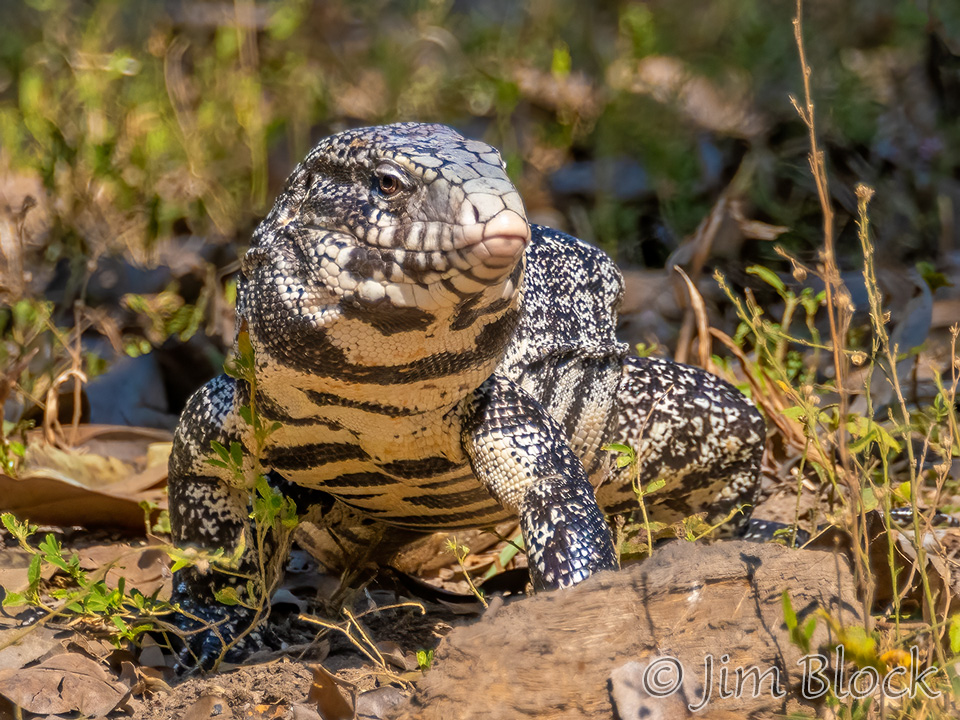

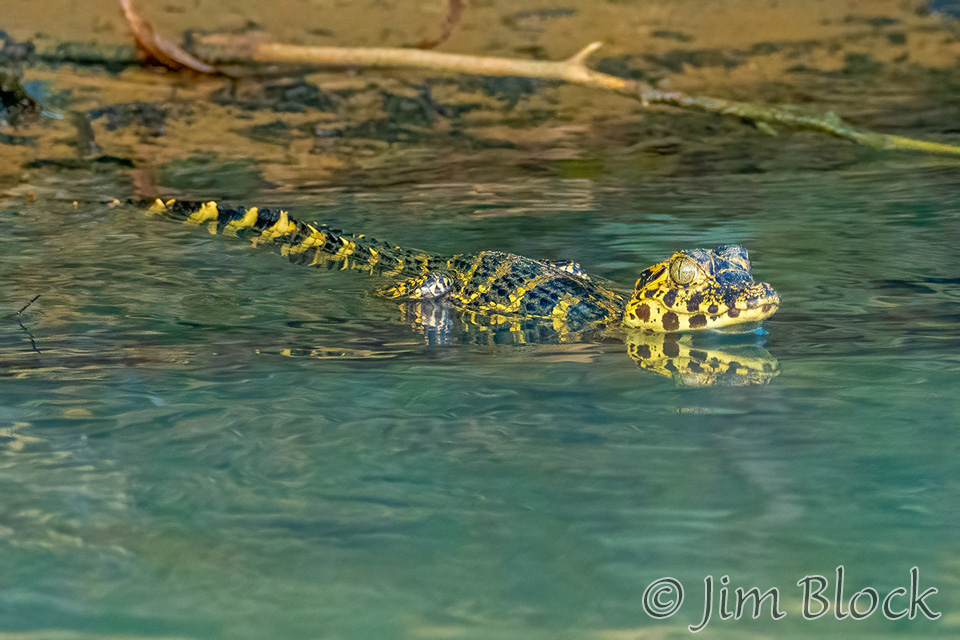


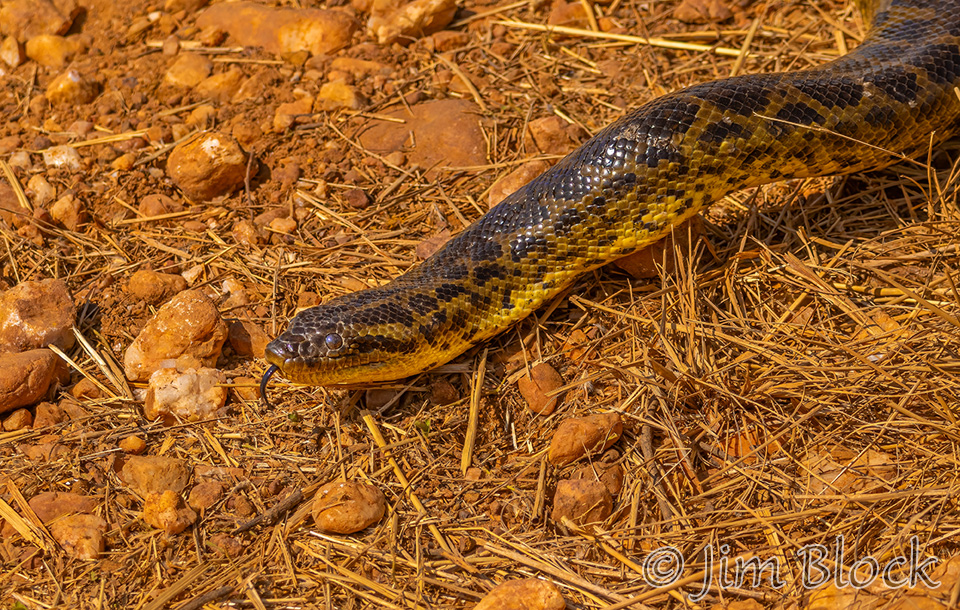
Insects
Only a few species here that I stumbled across trying to photograph something else, including a camouflaged butterfly near a poorly-placed hummingbird feeder.
